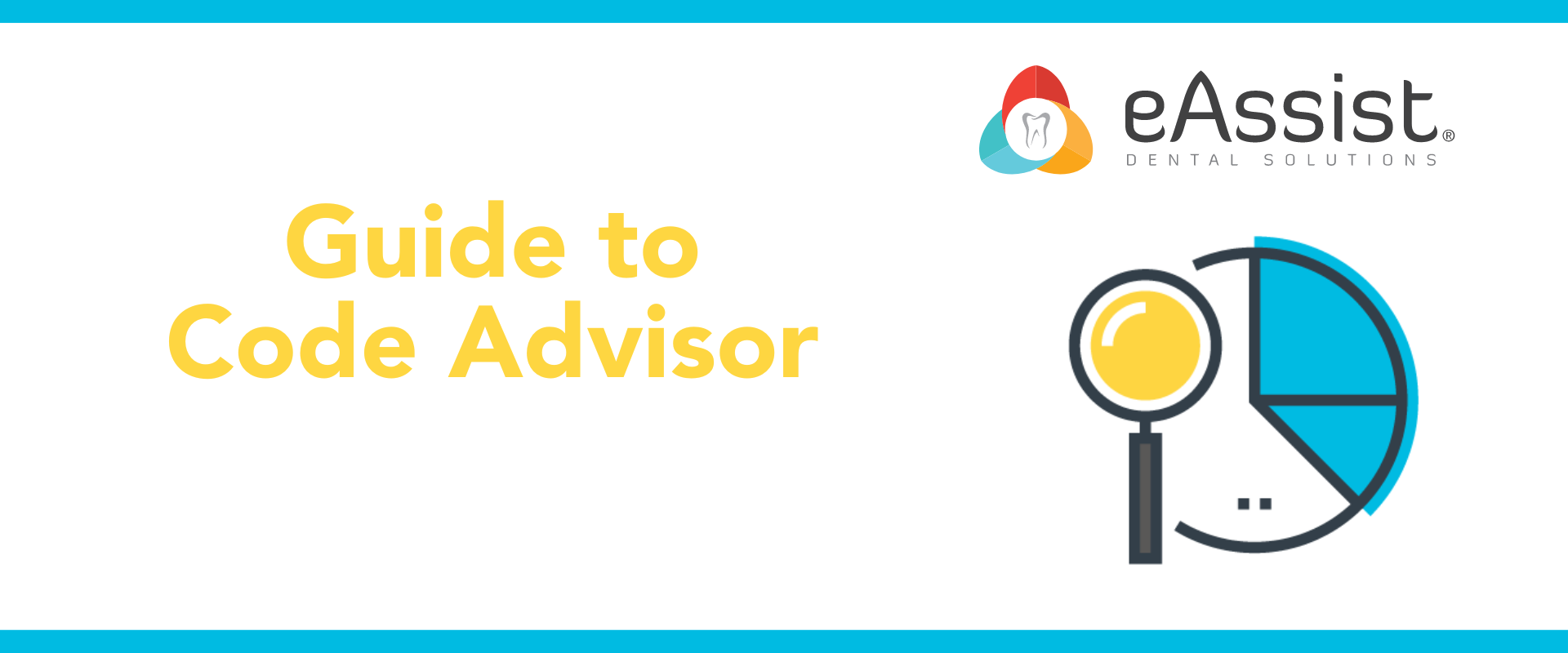With dentists’ primary focus being patient care certain aspects of the job, such as dental narratives, can fall by the wayside. Too often, narratives are lumped together with paperwork when they’re really an essential part of the patient’s care that extends far past the time they’re in the dental chair. After they leave the office, the hidden portion of their treatment begins – the dental billing, and one of the key components of dental billing is the clinical narrative. To ensure that the best narrative is submitted to the insurance, here are some tips to elevate it beyond the role of paperwork.
Type it, don’t handwrite it
Some may think of this a no-brainer in the era of digital chart notes but many doctor’s still handwrite a narrative. While some may have award winning penmanship there’s always a risk that the reader will not understand what is written. Typing up chart notes eliminates any questions that may arise from a lack of legibility.
It’s all in the details
If dental narratives could be summed up in one word it’s details. Dentists have limited time away from their patients, which is understandable, but a one sentence narrative has little chance of getting a claim paid. It’s best to include as many details as possible when completing them. Think of the “what” and the “why.” What treatment was completed and why was it completed? When writing a narrtive keep these questions in mind and it should be smooth sailing.

Check and double check
A perfect dental narrative is an accurate narrative. You could write the best summary of a crown placed on tooth number 3 but it won’t get the claim paid if the x-rays show the crown on tooth number 4. Always double check that the correct tooth number, quadrant, palette and/or cusp is mentioned when completing the narrative. In addition, it’s essential that the narrative supports the code being billed. For instance, if D5110 (upper denture) is billed make sure that the corresponding teeth are maxillary and not mandibular. Leave no room for error by double checking that everything is accurately explained.
Every patient is unique
Every patient is unique with a treatment plan that corresponds only to them which should result in a unique narrative. Never ever use a standardized narrative. Each narrative must describe what occurred in a particular situation; there is no one size fits all. Not only will an insurance company issue an immediate denial but it will also cause them to suspect fraud. Just don’t do it.
The second time around
In a perfect world, every restoration would last forever and every root canal would be fail proof but, unfortunately, that’s not always the case. Remember then, to include the prior placement date (or treatment date for root canals) in the narrative. If it was completed in office just pull the date from the chart notes. If not, obtain it from the patient or their previous office and be sure to include at least the month and year of prior placement.

Let’s talk about periodontics
Remember the point about details? When it comes to periodontics details are the true name of the game, especially when it comes to scaling and root planing. Be sure to include the quadrants/tooth numbers affected, and make note of their pocket depths and any evidence of bone loss, if applicable. If more than two quadrants are completed in one visit be sure to explain why. For bonus points, include the length of treatment time. More insurances are requiring this and it’s best to get into the habit of including it now.
Don’t get emotional
When writing a novel the more emotion the better, but when writing a clinical narrative all emotion should be left out. As the name implies, it’s best to keep it clinical. This is especially important for appeals. It can be frustrating when a claim is initially denied and it can be tempting to question why. Sometimes emotions get the best of us and it all comes out on paper. Leave that in the first draft and start anew. Just remember to keep it dry and and stick to the facts.
Leave the rest to the billers
As time consuming as dental narratives can be there’s no way to get out of them if you want to get the claim paid. As they must be completed by the treating provider, it’s best to consider them part of the complete patient experience. That being said, all other billing procedures can be taken off your hands. Consider outsourcing so that you have experienced dental billers that can gather all necessary materials, including your clinical narrative, and handle the actual dental claims. At eAssist, the Success Consultants who use our billing platform do just that and more. To find out more complete the form below.






0 Comments